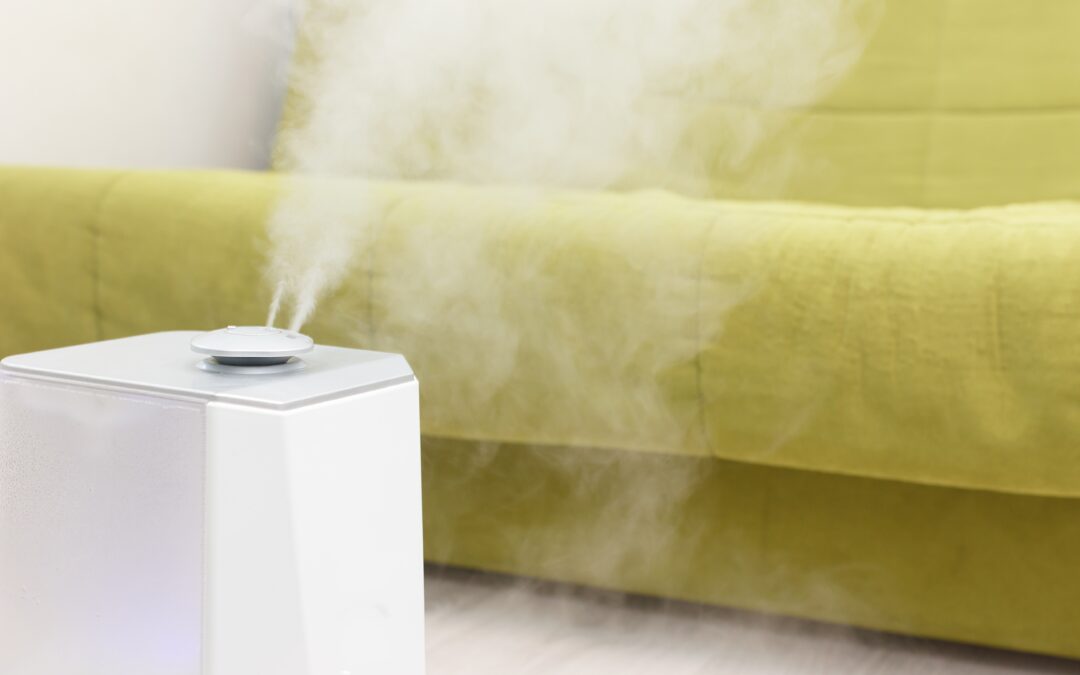Air pollution is not confined to the outdoors. The air inside your home can harbor various pollutants that may impact your health and well-being. Understanding these pollutants and mitigating their presence is critical to total home comfort. Here are the most common indoor air pollutants and practical tips to improve the air quality in your home.
Mold and Pollen: Seasonal Allergens Inside Your Home
Mold and pollen are notorious for triggering allergic reactions, especially during spring and fall when they are most prevalent. These allergens can infiltrate your home through open windows and doors and on clothing and pets. They can cause symptoms ranging from sneezing and watery eyes to more severe respiratory difficulties.
Mitigation Tips:
- Regular Cleaning: Frequent dusting and vacuuming with HEPA filters can reduce the accumulation of allergens.
- Dehumidifiers: Keeping humidity levels below 50% can help prevent mold growth.
- Air Purifiers: Use air purifiers in areas where allergens are commonly found.
Tobacco Smoke: A Persistent Indoor Pollutant
Tobacco smoke contains thousands of chemicals, many of which are toxic and can linger in the air long after the smoke has cleared. Exposure to secondhand smoke can lead to serious health issues, including lung cancer, respiratory infections, and asthma.
Mitigation Tips:
- Smoke-Free Home: Implement a strict no-smoking policy inside the home.
- Proper Ventilation: Ensure good airflow in areas where smoking has occurred to help dissipate smoke particles.
Household Products: Hidden Chemical Dangers
Many everyday household products, such as cleaners, pesticides, and air fresheners, release volatile organic compounds (VOCs) and other chemicals into the air. Over long-term exposure, these substances can cause headaches, eye irritation, and more serious health effects.
Mitigation Tips:
- Natural Alternatives: Opt for natural cleaning products or make your own from vinegar, baking soda, and lemon.
- Ventilation: Use exhaust fans and open windows when using products that emit fumes to reduce exposure.
Carbon Monoxide: The Silent Killer
Carbon monoxide (CO) is a colorless, odorless gas that can be deadly. It is produced by burning fuels such as gas, oil, wood, and coal. Improperly ventilated appliances and engines can allow CO to accumulate to dangerous levels.
Mitigation Tips:
- CO Detectors: Install carbon monoxide detectors near sleeping areas and check them regularly.
- Maintenance of Appliances: Ensure all fuel-burning appliances are vented properly and maintained according to the manufacturer’s instructions.
Asbestos: A Legacy of the Past
Asbestos was commonly used in building materials for insulation and as a fire retardant. Its fibers are easily inhaled and can cause severe lung conditions, including asbestosis and mesothelioma, particularly in older homes.
Mitigation Tips:
- Professional Assessment: If your home was built before the 1980s, consider having it assessed for asbestos materials by professionals.
- Proper Handling: Do not attempt to remove asbestos yourself. Hire certified professionals to handle any removal.
Conclusion: Ensuring Total Home Comfort
Indoor air quality is a critical component of home comfort and health. Identifying and mitigating common indoor pollutants can create a safer, more comfortable living environment. Regular maintenance of your home’s air quality supports your health and enhances the overall quality of life. Remember, the air inside your home is as important as the structure itself. Keep it clean, keep it safe.
By taking proactive steps to address these indoor air pollutants, you are investing in the health and comfort of your home. Start today to breathe easier tomorrow.

